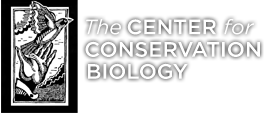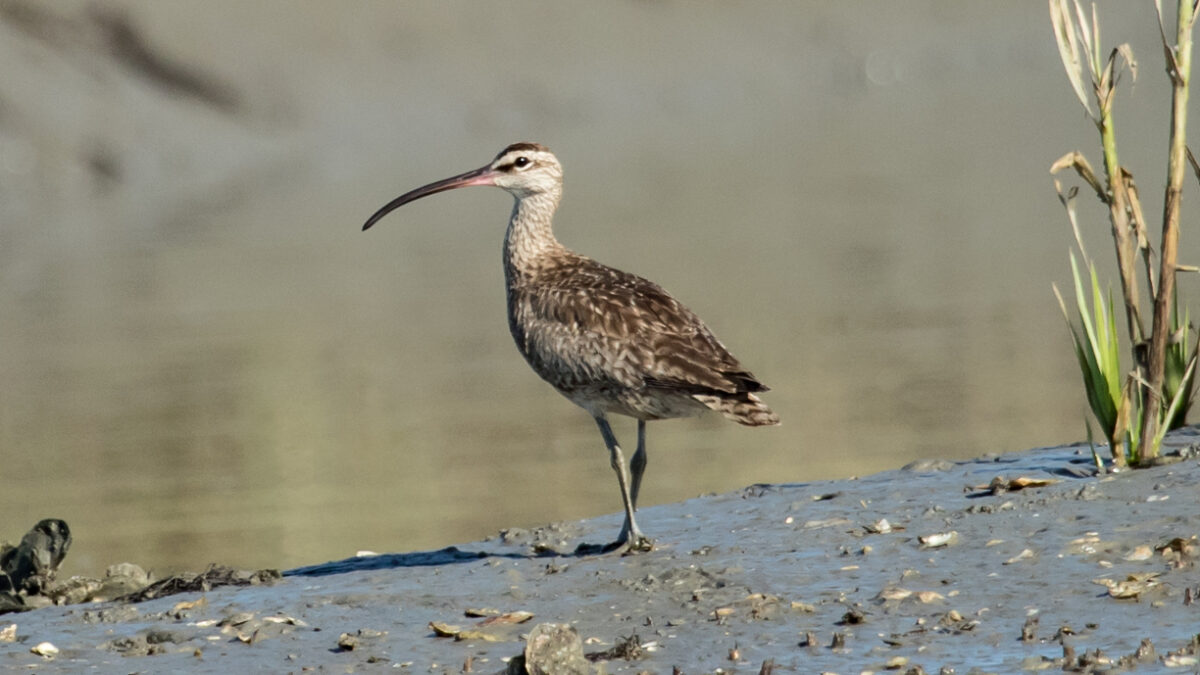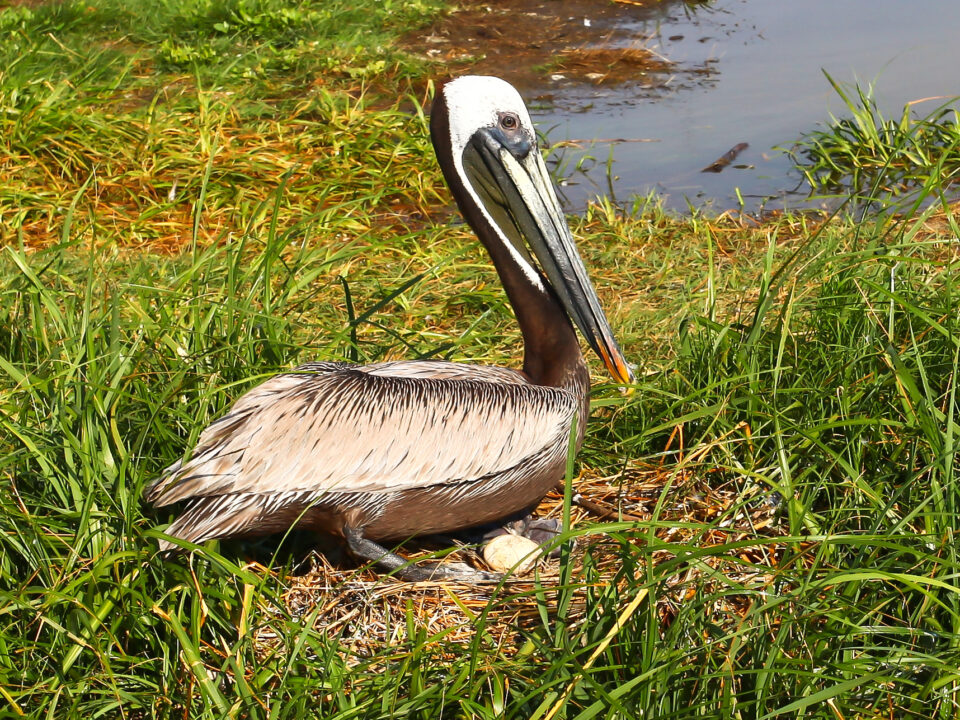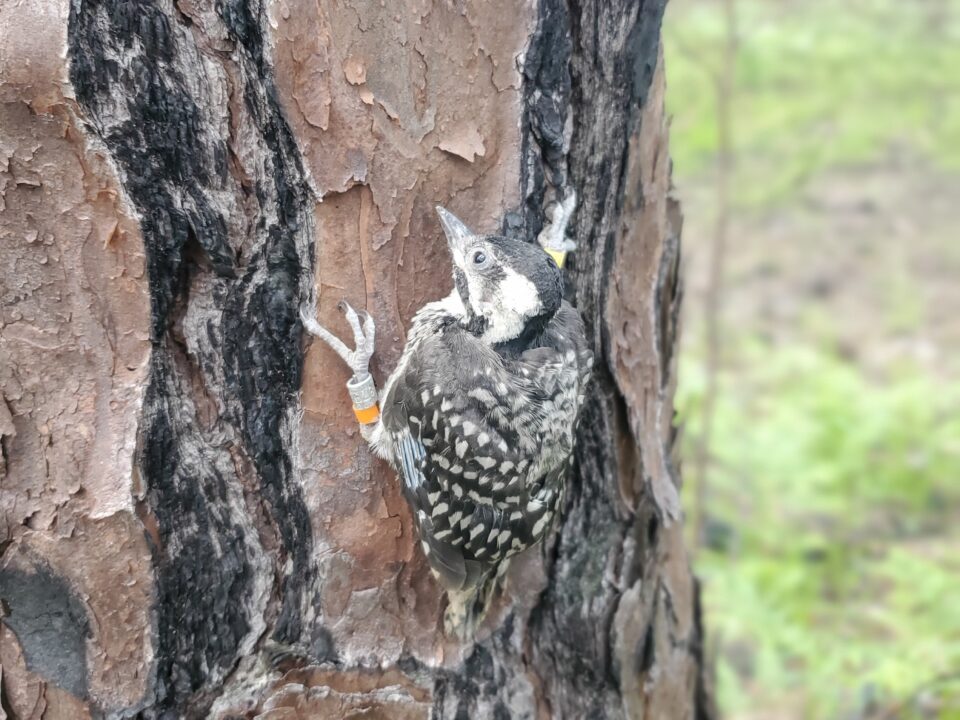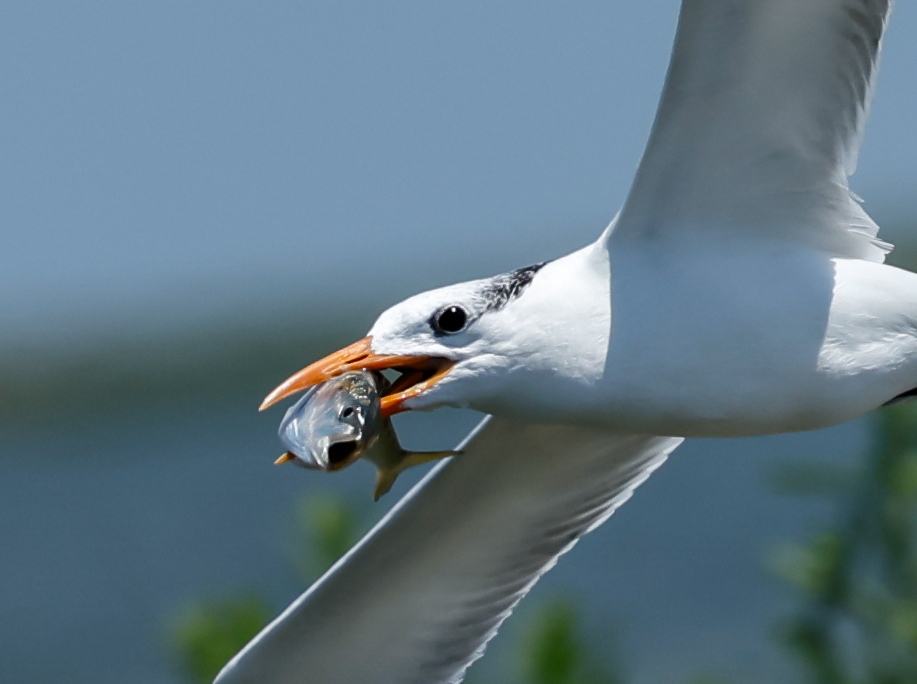Fall passage times of adult whimbrels in Virginia

Bryan Watts receives Eisenmann Medal
April 5, 2025
Osprey population along the seaside of the Delmarva Peninsula has collapsed
June 16, 2025By: Bryan Watts
4/2/2025
The whimbrel is a large shorebird that is capable of extreme flight distances during migrations but utilizes relatively few refueling sites. The Delmarva Peninsula is one of the most significant fall staging sites for whimbrels from the Hudson Bay breeding population. After leaving their breeding grounds, birds fly nonstop to the Delmarva and gorge on fiddler crabs for an average of three weeks before making a transoceanic flight to northern South America. Although we have done extensive work with spring staging ecology along the Delmarva, we know less about passage during fall migration.
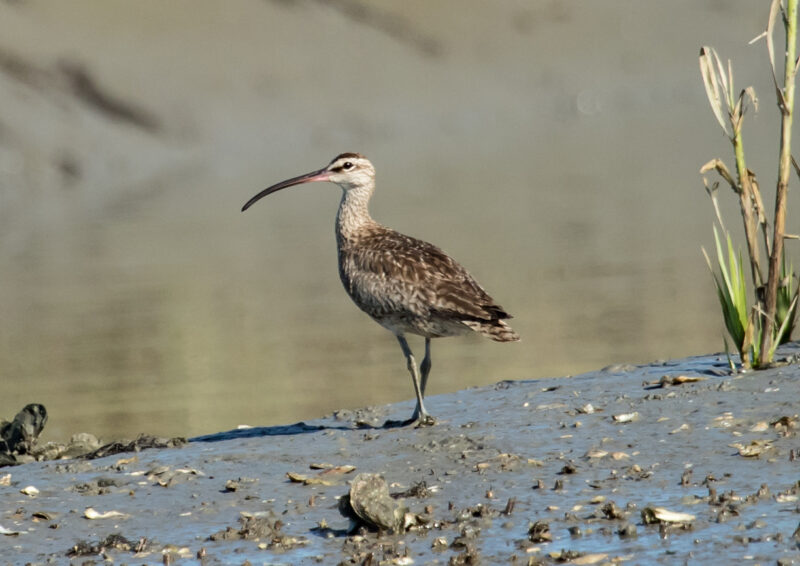
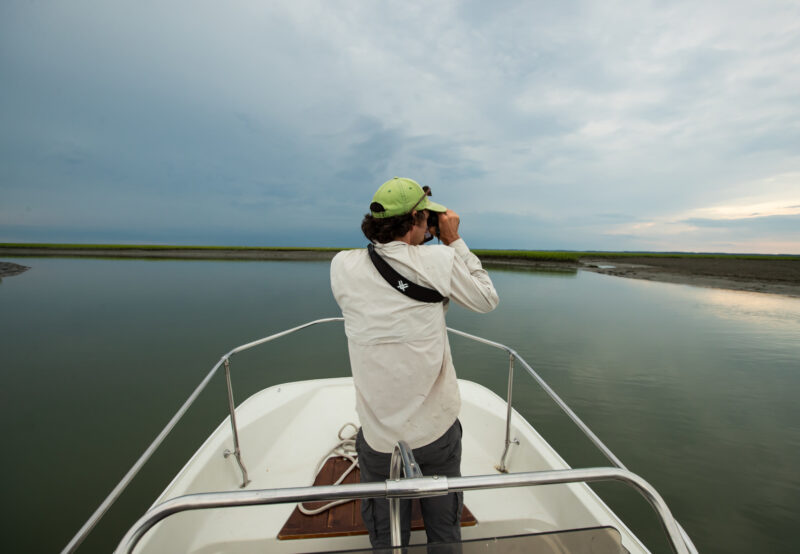
During the summer of 2020, CCB began to conduct some exploratory surveys to locate an efficient route that could be used to investigate migration phenology for whimbrels and to establish benchmarks that could be used to assess future trends. Although several locations were evaluated, we ultimately settled on a route around the village of Willis Wharf. The boat route took 1.5 hours to complete and included several extensive mudflats and tide guts preferred by whimbrel. Importantly, the small site supported a peak of 200-400 birds. During the summer of 2022, The Nature Conservancy joined the survey effort and together we used this site as a primary trapping location for transmitter deployment.
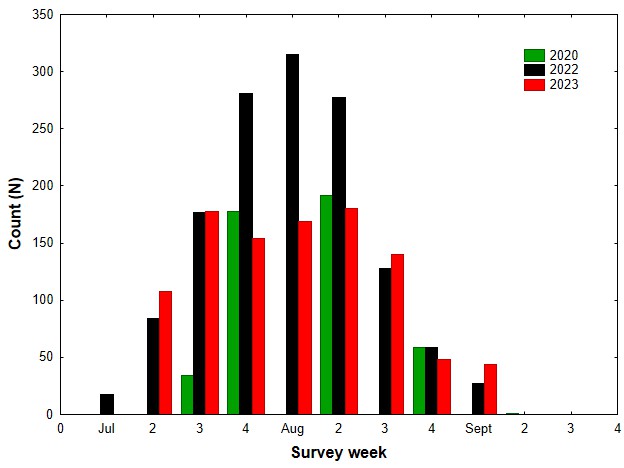


Whimbrels stage on the Delmarva during July and August, with a few stragglers extending into September or later. Birds begin to arrive as early as the first week of July. These birds are likely failed breeders that leave breeding grounds when their season is cut short. The heart of the staging period runs from mid-July through mid-August during the dog days of summer. Once we pass mid-August, birds begin to leave the shore and fly directly out over the Atlantic to South America. The pattern from boat surveys is consistent with what we have published earlier using data from transmitters. However, survey data helps to refine both the numbers and phenology. We hope to continue work in this study area to collect data on foraging rates, weight gain and other metrics
